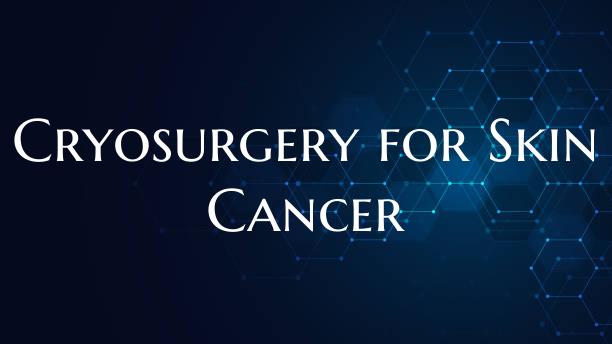
Cryosurgery for Skin Cancer
Cryosurgery, also known as cryotherapy, is a common and effective treatment for skin cancer. Skin cancer is the abnormal growth of skin cells, often caused by exposure to ultraviolet (UV) radiation from the sun or tanning beds. Cryosurgery works by freezing and destroying cancerous cells, making it a minimally invasive treatment option for various types of skin cancer.
One of the significant benefits of cryosurgery is its minimal impact on healthy tissue. During the procedure, a cryoprobe is used to apply extreme cold temperatures to the cancerous tissue, causing the cells to freeze and die. This precise targeting helps to preserve the surrounding healthy skin while effectively eliminating the cancerous cells.
Cryosurgery is commonly used to treat basal cell carcinomas, squamous cell carcinomas, and actinic keratoses, which are precancerous growths on the skin. It is often preferred for small, superficial skin cancers that are not deeply invasive. The procedure is typically performed in a dermatologist's office and requires little to no downtime for the patient.
After cryosurgery, the treated area may form a blister or scab as the damaged tissue heals and sloughs off. Following the procedure, it is essential to follow the dermatologist's post-care instructions, which may include keeping the area clean, avoiding sun exposure, and monitoring for any signs of infection.
While cryosurgery is a relatively safe and effective treatment for skin cancer, it may not be suitable for all cases. It is essential to consult with a dermatologist or healthcare provider to determine the best treatment approach for individual skin cancer diagnoses.
In conclusion, cryosurgery for skin cancer offers a targeted and minimally invasive treatment option for certain types of skin cancers. By effectively destroying cancerous cells while preserving healthy tissue, cryosurgery provides an excellent outcome for patients seeking a less invasive approach to treating skin cancer.